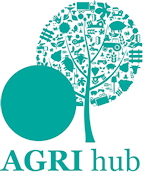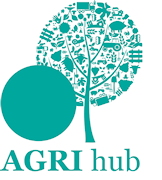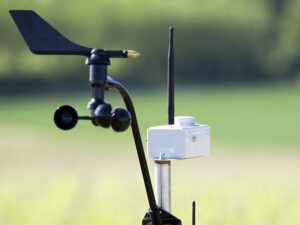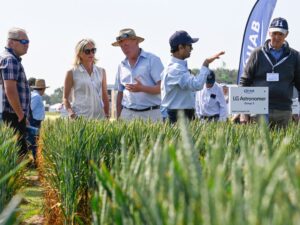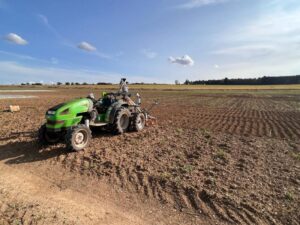Several hundred farmers – young and old – and their livestock will be competing for top honours at the English Winter Fair on November 18-19.
The Fair is unusual in that it brings together a mix of pedigree and commercial classes for both livestock and carcasses, covering the full lifecycle from farm to butcher. And alongside the Fair’s own classes are several breed society classes, which are always well-supported.
“It’s a really good show – one of our breeder’s carcasses won in the commercial section last year,” says Paul Sneyd, director of operations at the Hereford Cattle Society. “It’s really important to have the live and dead classes, because at the end of the day we’re selling to consumers, and it’s about showcasing the carcass as well as the breed.”
Demand for native breeds continues to grow, and the number of Hereford or Hereford cross cattle has increased by about 6% over the past year, adds Mr Sneyd. “The Hereford can do an awful lot for people; there’s potential to use native breeds with the sustainable farming incentive, outwintering on herbal leys. We’re trying to target more commercial producers as the breed is really suited to the current environment.”
Another native breed that’s targeting commercial farmers is the South Devon, which is holding its national calf show at the Winter Fair for the second year running. “Calf shows are a good way to encourage people to get cattle into the show ring at an early age,” says Caroline Poultney, secretary at the South Devon Herd Book Society. “It makes showing them when they’re older much easier as they’re already halter-trained – and it’s a relatively easy way for new exhibitors to get involved.”
In the sheep lines, the Ryeland Flock Book Society will be holding its national lamb show, which attracts members from all over the country. “It’s a very popular show – our members love the atmosphere and the organisers are so supportive,” says Dot Tyne, administrator at the Society. A range of age classes ensures younger lambs aren’t disadvantaged in the ring, and there are a lot of junior competitors as the breed is so easy to handle.
“It’s nice for people to have a social get-together at what’s a quieter time of year, and a lot of commercial breeders like to come along as well – we often have guest judge who’s looking for a good sheep rather than the breed standard, which is popular.”
The best young handlers in the country will be going head-to-head for the Rare Breeds Survival Trust (RBST) Young Shepherd of the Year award, after 24 qualifiers at shows across the UK. Split into junior (8-12 years) and senior (13-16 years) categories, the finalists will be judged on their handling ability, knowledge and performance of specific tasks, says Tom Blunt, senior conservation adviser at the RBST.
“It’s important to have the next generation of people coming through, to develop their skills and be involved in the industry,” he explains. “I started out borrowing friends’ sheep to show and established my own flock on the back of it, and a lot of people have the same introduction to the industry.
“It’s the second year we’ve held the championship at the English Winter Fair – the timing and location are ideal and the show itself has been very supportive in terms of encouraging the next generation.”
For more information visit www.staffscountyshowground.co.uk.
